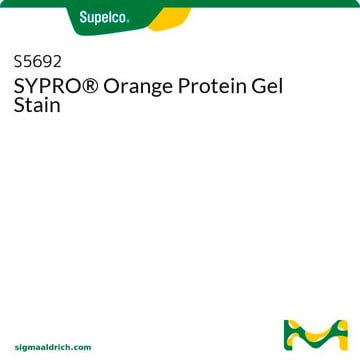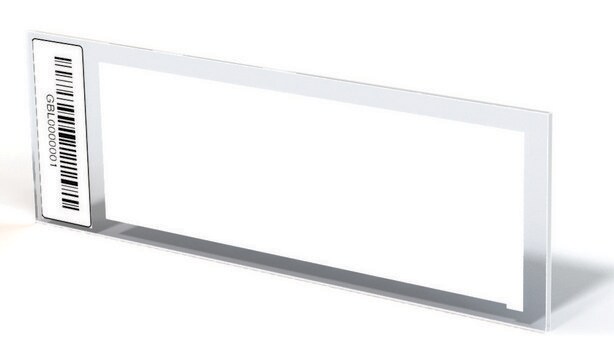GLYCOPRO
Glycoprotein Detection Kit
Sufficient for 10 mini-gels (10 × 10 cm) or 5 gels or membranes (16.5 × 19 cm)
About This Item
Productos recomendados
Nivel de calidad
uso
kit sufficient for 10 mini-gels (10 × 10 cm)
kit sufficient for 5 gels or membranes (16.5 × 19 cm)
carbohydrate detection limit measuring range
25-100 ng/band
temp. de almacenamiento
2-8°C
Aplicación
Producto relacionado
Palabra de señalización
Danger
Frases de peligro
Consejos de prudencia
Clasificaciones de peligro
Acute Tox. 3 Dermal - Acute Tox. 3 Inhalation - Acute Tox. 3 Oral - Aquatic Acute 1 - Aquatic Chronic 1 - Carc. 1B - Eye Dam. 1 - Met. Corr. 1 - Ox. Liq. 1 - Resp. Sens. 1 - Skin Corr. 1A - STOT RE 1 Oral - STOT SE 1
Órganos de actuación
Eyes,Central nervous system, Thyroid
Riesgos supl.
Código de clase de almacenamiento
5.1A - Strongly oxidizing hazardous materials
Punto de inflamabilidad (°F)
Not applicable
Punto de inflamabilidad (°C)
Not applicable
Elija entre una de las versiones más recientes:
Certificados de análisis (COA)
¿No ve la versión correcta?
Si necesita una versión concreta, puede buscar un certificado específico por el número de lote.
¿Ya tiene este producto?
Encuentre la documentación para los productos que ha comprado recientemente en la Biblioteca de documentos.
Los clientes también vieron
Artículos
Sigma offers EZBlue™ and ProteoSilver™ reagents for protein visualization, suitable for proteomics and traditional PAGE formats.
Sigma offers EZBlue™ and ProteoSilver™ reagents for protein visualization, suitable for proteomics and traditional PAGE formats.
Sigma offers EZBlue™ and ProteoSilver™ reagents for protein visualization, suitable for proteomics and traditional PAGE formats.
Sigma offers EZBlue™ and ProteoSilver™ reagents for protein visualization, suitable for proteomics and traditional PAGE formats.
Nuestro equipo de científicos tiene experiencia en todas las áreas de investigación: Ciencias de la vida, Ciencia de los materiales, Síntesis química, Cromatografía, Analítica y muchas otras.
Póngase en contacto con el Servicio técnico
















